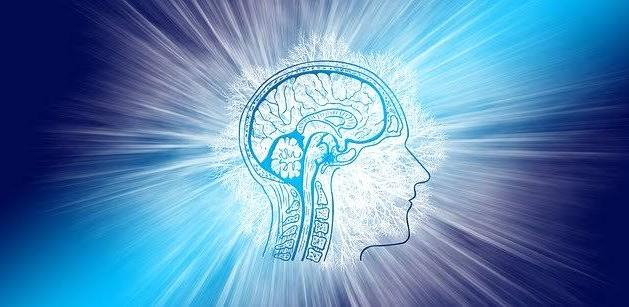Essential tremor, a movement disorder that leads to involuntary trembling of some parts of the body, affects nearly 10 million Americans. The condition hurts the quality of life by making simple tasks such as tying a shoelace a challenge. Also, not all available treatments are effective in all patients.
However, a study by researchers from University Irving Medical Center and New York-Presbyterian may have found the very cause of the disorder, which may lead to the creation of new treatment options in the future. The researchers claim that the activity of overactive brain waves at the base of the brain gives rise to the tremors. This improves the chances of treating the condition through the use of neuromodulation to allay the oscillations.
"This study pins down how those structural changes affect brain activity to drive tremor," said Sheng-Han Kuo, senior author of the study, in a statement.
What is essential tremor?
It is a common disorder associated with the movements in the human body. The disorder causes rhythmic trembling, which is involuntary. Symptoms of the condition are usually seen in the hands. It is aggravated while performing simple tasks such as handling utensils or buttoning a shirt. Though the condition is not fatal, it can severely impair the quality of life of those afflicted with it.

The tremors may exacerbate during spells of emotional stress. Additionally, attempting to purposefully carry out a movement can magnify tremors.
Certain medications such as anti-epileptic drugs and a few beta-blockers are known to lessen symptoms. However, they are not very effective, and not devoid of side effects. Shortness of breath and fatigue are some of the known side effects.
Brain activity in the cerebellum is unrestrained in patients
Using a novel technique known as cerebellar encephalogram (EEG), the researchers previously scouted for abnormal brain waves in the cerebellum of patients with essential tremor. They had also identified structural changes in this portion of the brain.
Strong oscillations, between 4 and 12 Hz, were found among most of the 20 patients that the researchers had examined using cerebellar EEG.
Discovery of oscillations in mice
Cerebellar oscillations were discovered by the researchers in mice. The mice had tremors that were uncannily similar to the ones observed in patients with essential tremor. It was found that by stimulating certain neurons in the brain, the tremors could be turned on and off, thereby, alternately curbing and releasing the oscillations.
"These results established a causal relationship between the brain oscillations and tremor, which cannot be directly tested in patients," said Kuo.
More synapses cause increased oscillations

Synapses are structures/ connections in the nervous system that regulate the transmission of electrical and chemical signals between neurons. More specifically, it is the connection between two types of nerve cells within the cerebellum— Purkinje cells and climbing fibers.
Older studies by the researchers — on post-mortem brain tissues of essential tremor patients —revealed that there was an unusually high number of synapses in the brains of the patients.
Utilizing the method for this study, the researchers discovered that a protein known as glutamate receptor delta appeared to govern the formation of these synapses. "When this protein is underexpressed, any excess synapses that form between climbing fibres and Purkinje cells are not eliminated, resulting in too many neuronal connections," explained Kuo.
New possibilities for treatments
Kuo expressed hope that the findings of the study will open new avenues for the treatment of essential tremor and is already working towards the development of medication to increase the expression of glutamate receptor delta in the brain.
"Using cerebellar EEG as a guide, we may be able to use neuromodulation techniques such as tDCS or TMS (transcranial direct-current stimulation or transcranial magnetic stimulation) to reduce tremor, or even drugs to reduce transmission between the climbing fibers and Purkinje cells," he concluded.









